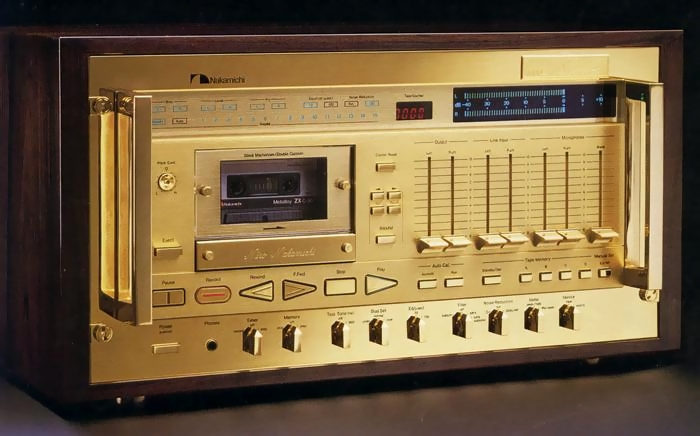Hi-Fi Hall of Fame
2023 Inductee
Nakamichi 1000
Cassette Deck
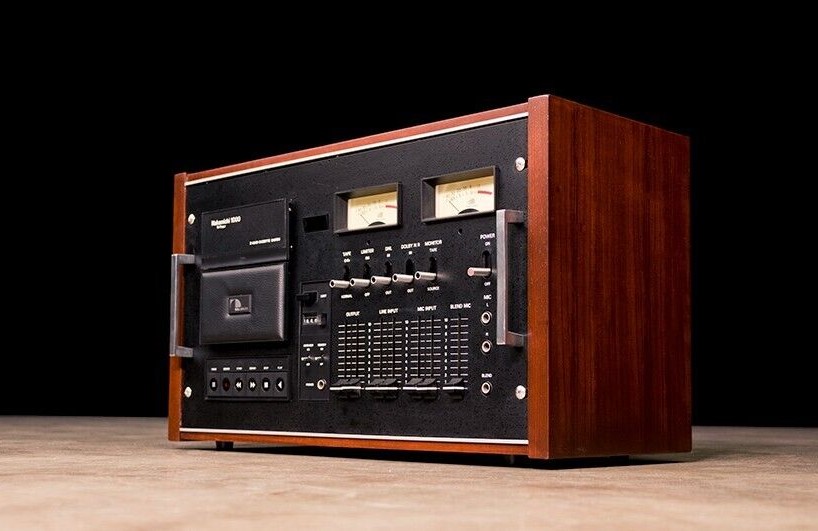
Introduction
The Nakamichi 1000 cassette deck was introduced in the early 1970s and significantly raised the bar for cassette deck performance. Celebrated for its exceptional engineering and audio performance, renowned for its unique three head design, the Nakamichi 1000 allowed users to monitor recordings in real-time, enabling precise adjustments for optimal sound quality.
Featuring advanced technology for its time, the Nakamichi 1000 boasted a closed-loop dual capstan drive system, ensuring consistent tape speed and minimizing wow and flutter. Its innovative discrete three-head system included separate recording, playback, and erase heads, contributing to superior sound reproduction and clarity.
The Nakamichi 1000 was equipped with a precision transport mechanism, allowing for accurate tape handling and alignment. Its attention to detail extended to the azimuth alignment, ensuring optimal tape-to-head contact and enhancing frequency response.
Recognized for its sleek design and exceptional build quality, the Nakamichi 1000 cassette deck remains a collector’s item and a symbol of Nakamichi’s commitment to audio excellence during the golden age of analog audio playback.
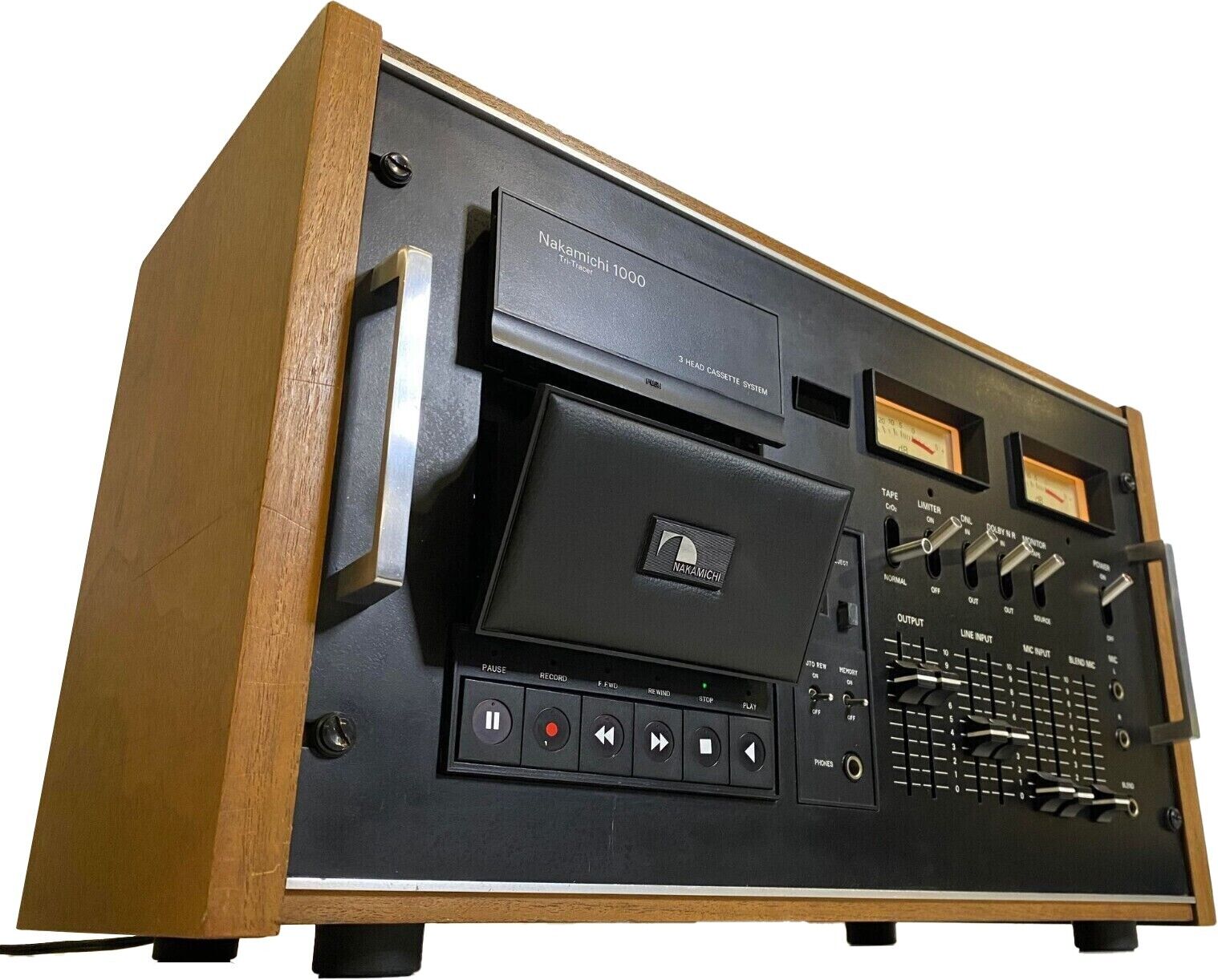
Key Facts
| Manufacturer | Nakamichi |
| Model | 1000 |
| Category | Cassette Deck |
| Years in Production | 1973 – 1984 |
| Hi-Fi Hall of Fame Induction | December 2023 |
| Link to Nakamichi website | Nakamichihomeaudio.com |
Origins of Nakamichi
Etsuro Nakamichi founded his first company Daiichi Onkyo in Japan in 1948. Ten years later, in 1958, he renamed it Nakamichi Research Corporation. The company, initially led by the founder’s brother Niro Nakamichi, specialized in manufacturing portable radios, tonearms, speakers, microphones, and communications equipment. It wasn’t until 1972 that they adopted the Nakamichi brand for their products.
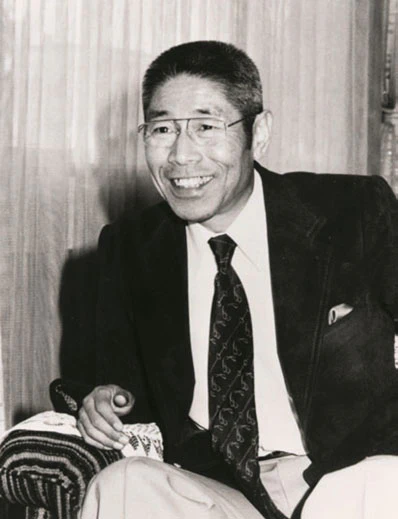
In 1951, Daichi Onkyo (Nakamichi) developed one of Japan’s first open reel tape recorders under the Magic Tone brand, which was initially offered as a kit. One of the earliest models intended for the U.S. market was made for another Japanese company called “OKI”. This was the OKI 555, which was first produced in 1962. By 1965, Nakamichi began producing decks under their own brand “Fidela”. An example would be the Fidela 807 3-head stereo tape deck, which was first offered in 1965. Nakamichi continued to produce open reel decks for other manufacturers, such as as the Harman/Kardon TD-3 and KLH Model 41.

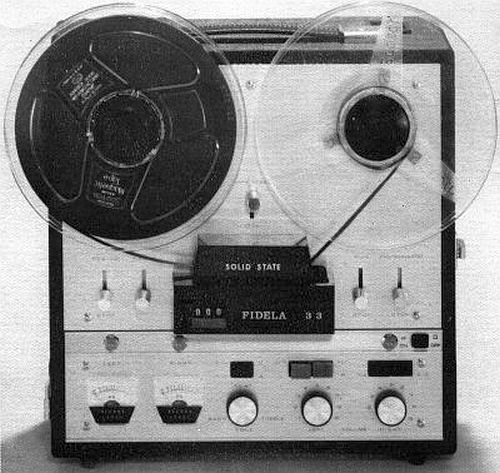

Nakamichi introduced the Fidela NR-11, one of their first cassette recorders, in 1967. By this time, Nakamichi was making tape decks for many foreign manufacturers, including Harman Kardon, KLH, Advent, Fisher, ELAC, Sylvania, Concord, Ampex, and Motorola. Meanwhile, they expanded their own Fidela brand with new models such as the Model 11, 22, 33, 55, Studio 77, Studio 77D, 300D, 300DS, 720, 780, 807, 860, 920, and 960. By 1973, their growing expertise in tape recording allowed them to develop the Model 1000, and Nakamichi immediately became one of the top Hi-Fi brands.
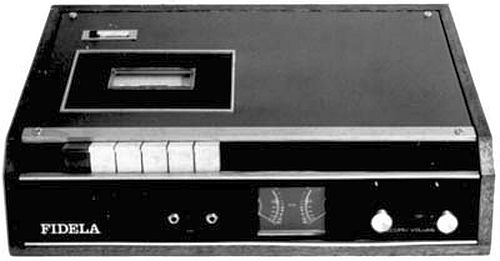
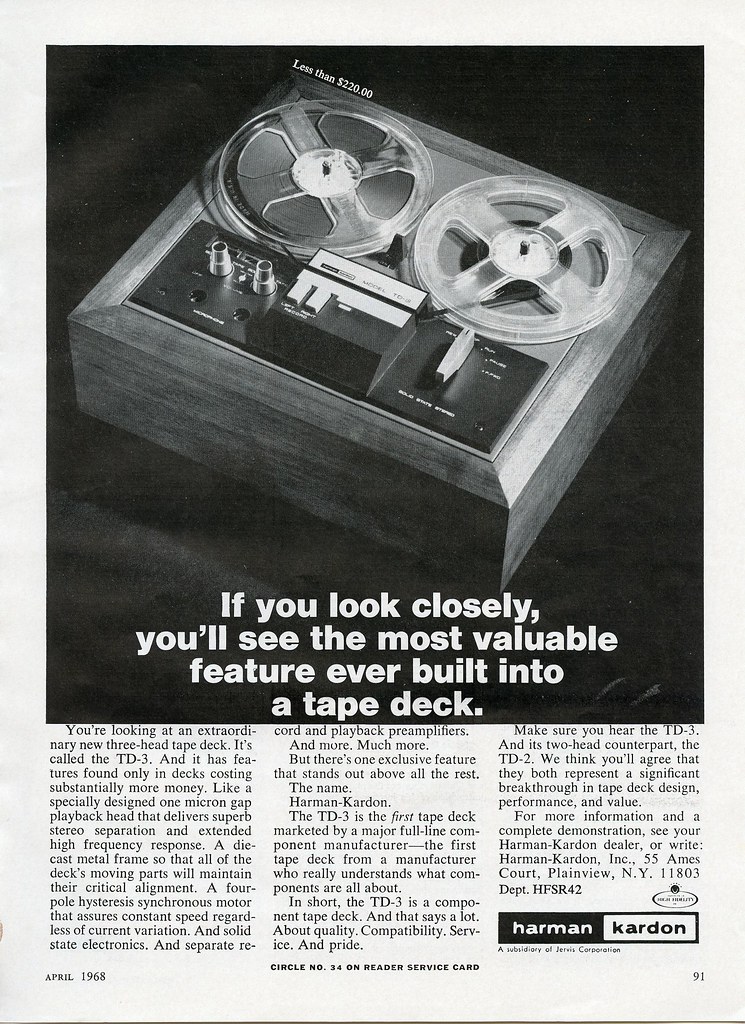
Nakamichi 1000: Technology and Performance
The Nakamichi 1000 employed a number of technologies and features that gave it outstanding performance:
Three-Head Design
The Nakamichi 1000 employed a three-head configuration, which included separate playback, record, and erase heads. This design allowed for more precise monitoring and recording capabilities.
Automatic Azimuth Adjustment
One of the standout features of the Nakamichi 1000 was its auto azimuth adjustment. This technology automatically adjusted the tape head alignment to optimize playback quality, compensating for any misalignment issues that may arise.
Discrete Three-Motor Transport System
The cassette transport mechanism of the Nakamichi 1000 was driven by a discrete three-motor system. This design contributed to the deck’s smooth and accurate tape handling.
Unique Cassette Compartment Design
The Nakamichi 1000 featured a top-loading cassette compartment, allowing for easy insertion and removal of tapes. This design also minimized the chance of tape jamming.
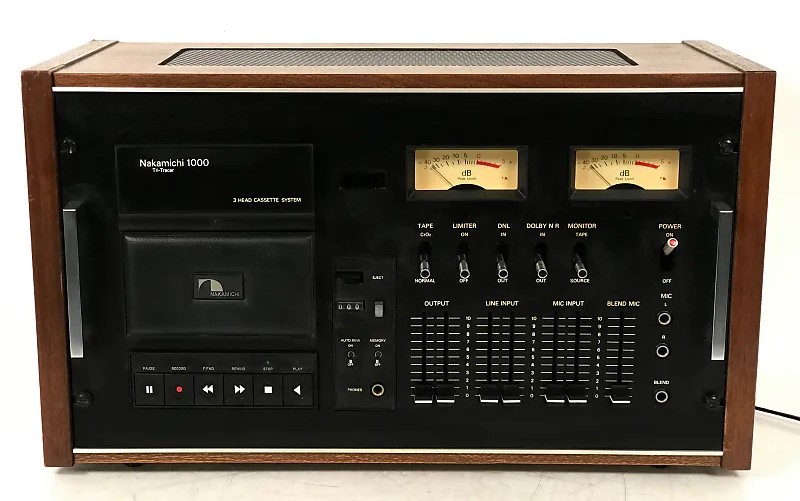
Dolby Noise Reduction
Like many high-end cassette decks of its time, the Nakamichi 1000 included Dolby noise reduction to minimize tape hiss and improve audio fidelity.
Gold-Plated Connectors
To ensure optimal signal transfer and connectivity, the Nakamichi 1000 was equipped with gold-plated input and output connectors.
Bias and Equalization Controls
The deck allowed users to manually adjust bias and equalization settings, providing flexibility for optimizing recording performance based on the characteristics of different cassette tapes.
Computerized calibration
The third generation model, known as the Nakamichi 1000ZXL included computers called “A.B.L.E.”, short for Azimuth, Bias, Level, and Equalization. The user would activate the feature and the deck would automatically optimize the deck for the specific type of tape to get the best recording results from every cassette.
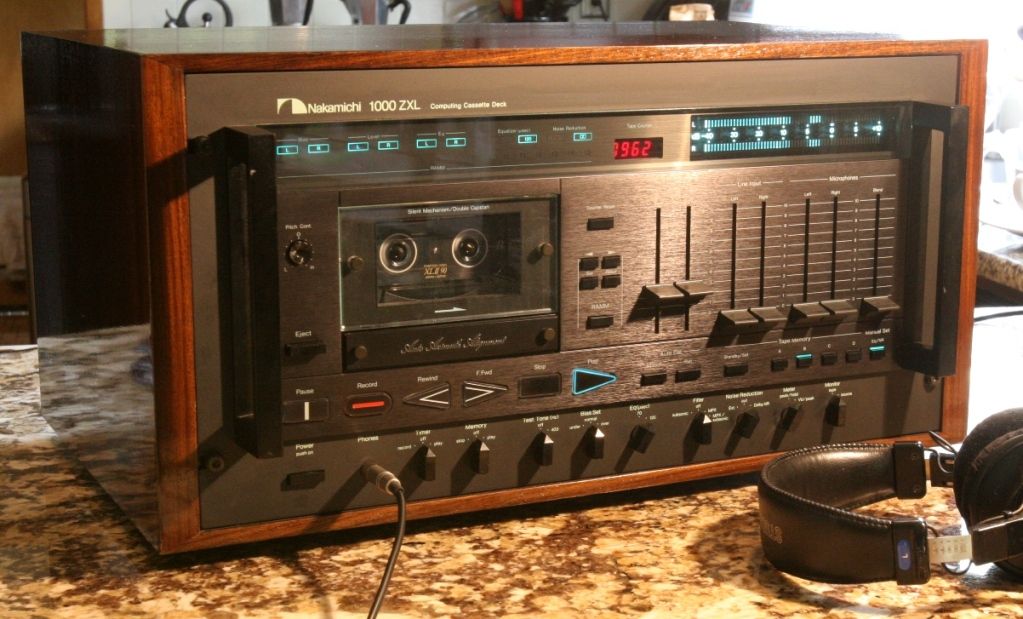
Nakamichi 1000: Impact on the Hi-Fi Industry
The introduction of the Nakamichi 1000 had a significant impact on the Hi-Fi industry. In 1973, when the Nakamichi 1000 was first released, many manufacturers offered hi-fi cassette decks for home audio systems. Some of the top performers included the American-made Advent 201, which employed a Wollensak transport combined with Advent electronics. From Europe, there was the Tandberg TCD-300. Japanese manufacturer TEAC had their top-of-the-line A450 “Challenger”.



These decks were all good, but they were no match for the Nakamichi 1000. The other manufacturers in this market saw the opportunity and began to develop high performance cassette decks. By 1975, there were new models from Akai, JVC, Pioneer, Technics, and many others. These decks incorporated features such as solenoid controls, dual capstan tape drive, and ferrite magnetic heads. Suddenly, cassette decks were capable of seriously high fidelity sound.
Nakamichi also continued to develop new models. The 1000 remained the flagship model, evolving into the 1000 “Mark II”, and later the 1000 ZXL. Nakamichi also produced a wide range of less expensive models, such as the Model 700 and the Dragon.
Cassette deck performance improved constantly throughout the 1970s and into the 1980s. In fact, between 1985, when cassettes overtook vinyl, and 1992, when they were overtaken by the Compact Disc, the cassette tape was the most popular format in the United States, United Kingdom, and many other markets. Users could create their own tapes, play them at home, in the car, or on portable “Walkman” players.
Perhaps the biggest impact of the Model 1000 was that it immediately launched Nakamichi as a global elite brand in the Hi-Fi business. Within a few years, the company was producing a range of high quality amplifiers and digital equipment.
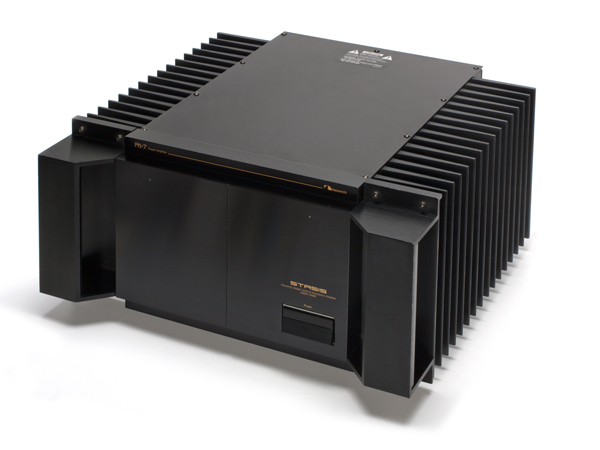
Nakamichi Rise and Fall
Nakamichi rose to prominence in the 1970s because of their innovative and high performance cassette decks such as the 1000, 700, and Dragon. The company continued to produce many great analog products, including receivers and cassette decks. Nakamichi branched out into high end audio with products using the “Stasis” brand, and they also develop high end audio systems for automobiles.
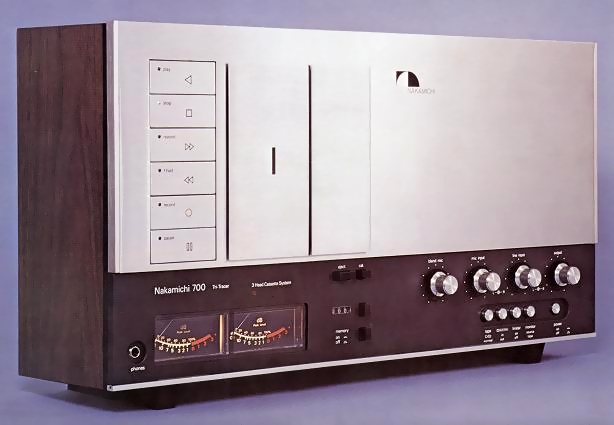
By the 1980s, however, digital audio was beginning to replace analog audio, and Nakamichi struggled to develop innovative products that used digital technology. Nakamichi, once renowned as the pioneer of the audio cassette format, found itself overshadowed in the CD era. The absence of innovative technology prevented Nakamichi from successfully pivoting in the evolving digital landscape. Its decline was exacerbated by a diminishing distribution network, with upscale audio boutiques closing due to an inability to compete in a swiftly changing market favoring electronic superstores.
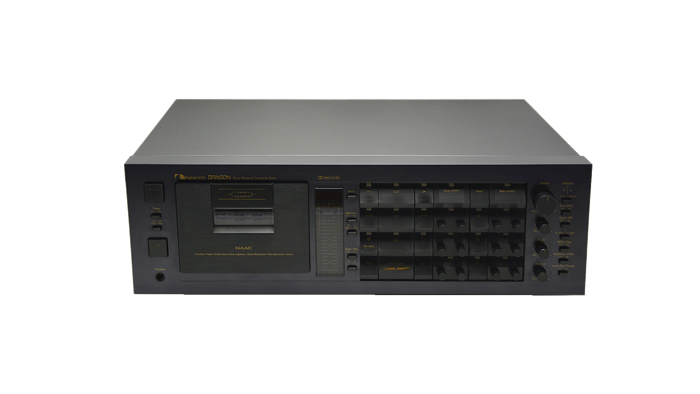
The company faced a further blow as consumers, redirected by shifting trends, allocated more of their budget to acquiring new video gear like laser disc players, flat panel displays, and DVD players. The early 1990s recession led many consumers to opt for mainstream electronics brands, diverting attention and funds away from Nakamichi’s traditional audio components. In a notable setback, Toyota ceased using Nakamichi systems in Lexus vehicles, opting for Mark Levinson products instead.
By the late 1990s, Nakamichi was unable to stay in business. They ceased operations and in 1998 the company was acquired by Grande Holdings, a Chinese company that also owned electronics firms Akai and Sansui.
Sadly, Nakamichi went into bankruptcy protection on February 19, 2002. A few years later, the new owners decided to re-launch the Nakamichi brand and the company emerged from bankruptcy. The “new” Nakamichi manufacturers a range of home theatre products such as soundbars and subwoofers, and a range of car audio products.
If you’d like to see the current range of Nakamichi products, check out these websites:
Induction to the Hi-Fi Hall of Fame
The Nakamichi 1000 is a worthy selection to be the first cassette deck inducted into the Hi-Fi Hall of Fame. It introduced new capabilities and a level of performance that was far ahead of it’s peers, and “raised the bar” for the cassette format, making cassette recording a true hi-fi technology. The 1000 also launched the Nakamichi brand from a small Japanese success story to a global powerhouse.
The Nakamichi 1000 is inducted into the Hi-Fi Hall of Fame.
